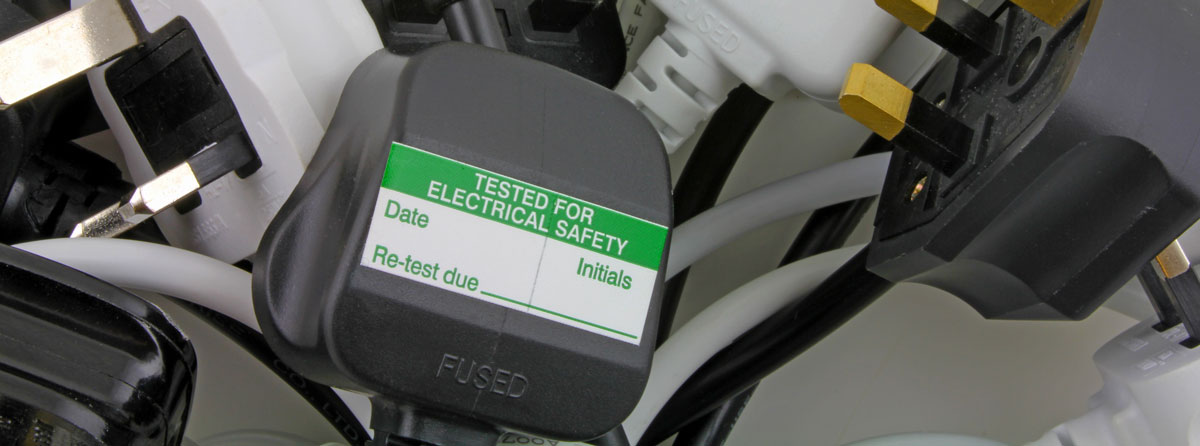Test for Danger – Electrical Hazards
Maintaining the safety of electrical equipment in the workplace requires duty holders to take a robust approach to portable appliance testing.
There is irrefutable evidence that the in-service inspection testing and maintenance of electrical equipment prevents injuries, saves lives, and reduces workplace fires that could otherwise have been devastating for those involved.
All electrical equipment needs to be checked on a regular basis within your workplace. The Electricity at Work Regulations 1989, along with the HSE guidance, provide sound advice based on industry experience and the electrical safety needs of the business community.
Safety measures
There needs to be planned and proactive safety measures in place to enable detecting potential problems with an appliance before they occur, a role played by preventative maintenance programs. As a result, the effect of electrical accidents, property damage, or personal injury occurring, portable appliance testing can demonstrate a responsibility and due diligent approach towards safety that may subsequently be required by the HSE for employers, insurance companies, and other interested parties.
Clearly combined with inspection and testing measures this should be appropriate to the particular risk posed by the equipment and the environment. For example, smaller offices or workspaces with only a few electrical appliances and the staff of limited technical ability might be regarded as relatively low risk environments.

However, a different approach might be adopted by a large organization with different departments having a host of diverse types of electrical equipment used by staff. In this case, ensuring the safety of appliances may not only be a matter of ensuring the correct test equipment is available, but also having the ability to show that the right tests have been performed at the right time in the correct sequence.
Most importantly, the emphasis on risk assessment is basically an existing legal requirement of the Management of Health and Safety at Work Regulations 1999. In particular, the legislation requires an organisation to assess the risks to all persons associated with their electrical equipment, identifying the significant risks, for example, portable equipment used out of doors, and make a record of the assessment. Indeed, the code helps those involved in maintaining electrical safety in the workplace to better understand their obligations and be able to make more informed decisions of the scope of their inspection and test requirements.
It is good practice to ensure that all equipment has been routinely inspected and/or tested, and is clearly identifiable and labelled. Duty holders are therefore advised that they should determine the date for the next inspection and/or tests on a risk assessment basis. The record of their equipment form a visual and combined inspection test so it is very clear to see. Clearly, without a visual reminder of any next test date, there is unlikely to be increased reliance on the effective use of the electrical equipment, a set record, and inspection and test data.
If you need any further assistance please contact us today on 07770 302504 or email joanne@chestnutassociates.co.uk


